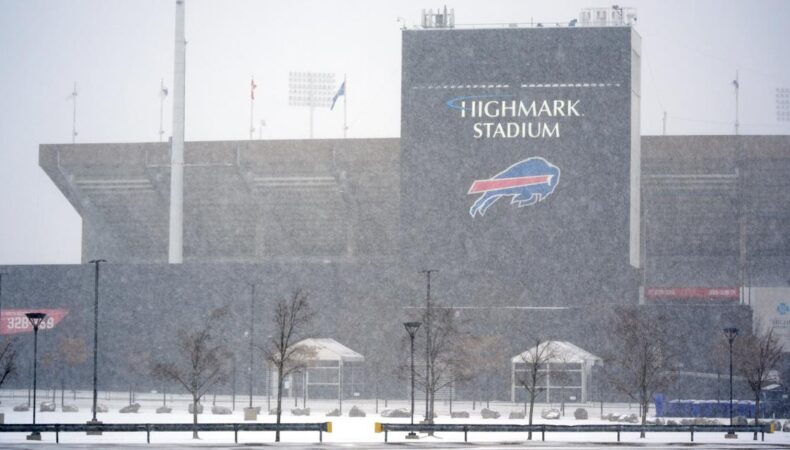A new wave of winter weather has stretched across Western New York, leaving significant snowfall accumulations in its wake. Steady snow showers have blanketed the region, producing an array of snow totals varying by location. Details surrounding these accumulations remain important for residents and transportation systems alike.
Amidst this new flurry of winter weather, different areas have reported varied snowfall totals. As the snow continues to fall, initial reports are indicating that some parts of Western New York have been hit harder than others. In particular, the Buffalo area has seen some of the most substantial snow, with accumulations exceeding 10 inches in certain areas. Other surrounding locales such as Rochester and Syracuse have also confirmed significant snowfall, with reported totals nearing 8 inches.
In light of such conditions, the National Weather Service urges citizens to remain alert and cautious when venturing out in the snow. The service has released a comprehensive breakdown of the recorded snow totals from this latest weather event that provides a picture of the varied accumulations across the region. The official NWS report remains a key source of information for anyone seeking timely updates on the snowfall situation.
The recording and reporting of snow accumulations serve not only as documentation of weather events but also play a crucial role in informing decisions related to travel and public services. With the winter weather alert still in effect, residents are encouraged to stay updated on the developments for safety purposes. The National Weather Service (www.weather.gov) continues to provide the latest snowfall total updates, greatly assisting in informing residents about the current situation.
As the snow continues to fall over Western New York, the subsequent hours and days will be critical for determining the total snowfall from this weather event. It’s certain that the latest wave of winter weather has had a significant impact, and the figures will continue to be updated as new reports come in, painting a clearer picture of the total accumulations across the entire region.
Last modified: December 1, 2024



